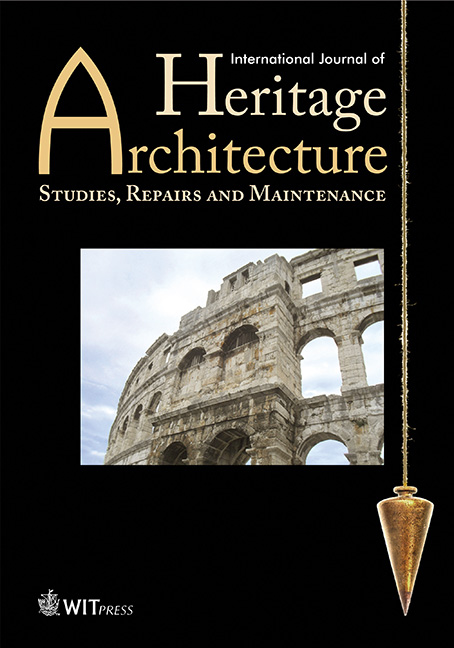An analysis of urban regeneration and architectural heritage saving in Kabul since 2001
Price
Free (open access)
Volume
Volume 1 (2017), Issue 4
Pages
11
Page Range
671 - 682
Paper DOI
10.2495/HA-V1-N4-671-682
Copyright
WIT Press
Author(s)
BASHIR A. KAZIMEE & ABDUL WASSAY NAJIMI
Abstract
The tragic civil war in Afghanistan, since April 1978, has dealt a severe and destructive blow to the physical and social fabric of cities of the country. The regrettable victims in this conflict, however, which were entrapped, are the historic neighbourhoods in the cities, where fierce street-to-street fighting and use of heavy weaponry resulted in the utter destruction of their fine residential fabric and left some of the valuable historic buildings in ruin.
Like many important urban and architectural heritage in Islamic cities, Kabul evolved through the agent of continued cultural participation, which entrusted deeper meanings to its architecture and urban form. Historically, Kabul, with its wonderful traditional architecture of courtyards, lavish Timurid (later Mughal) gardens, decorated worship centres and its glowing historic bazaars that enticed trade enterprises and merchants around the region, sustained a vibrant city life for its citizens.
With an analysis of historical development and discussion of the importance of architectural and urban heritage of the historic city, this article will illustrate the post-war efforts of local and international aid organizations and their undertaking in the historical conservation process.
The article will represent a case study of Murad-Khani, a historical conservation project in the Old City of Kabul, and deliberate its impact on the neighbourhood regeneration process. It will further examine the process of revitalization of architectural and urban heritage in the Old City in light of social and economic regeneration and cultural awareness.
Keywords
architecture, conservation, social-economic regeneration, urban heritage.




